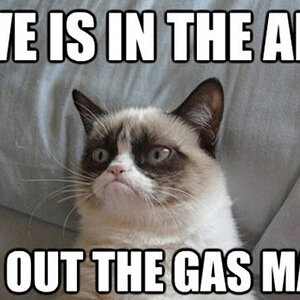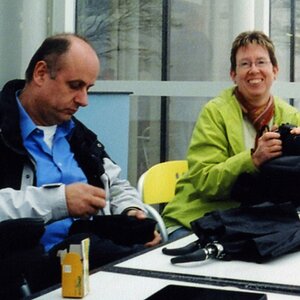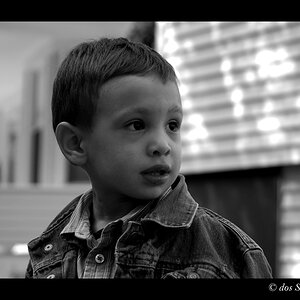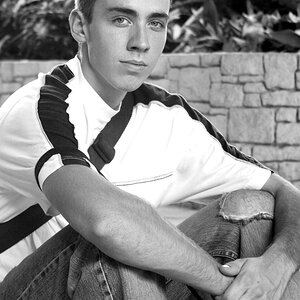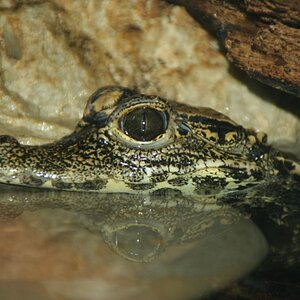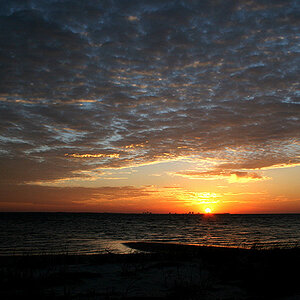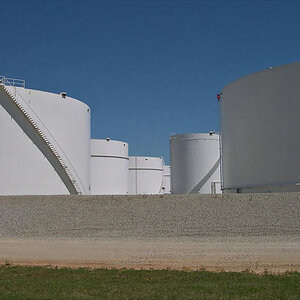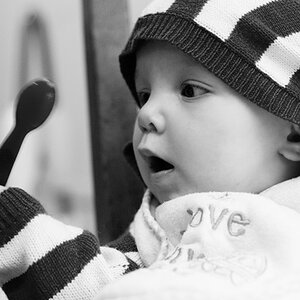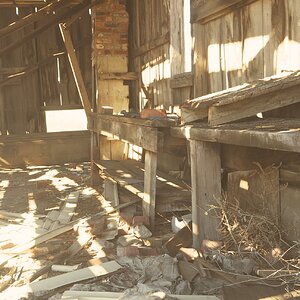Grandpa Ron
Been spending a lot of time on here!
- Joined
- Aug 9, 2018
- Messages
- 1,155
- Reaction score
- 700
- Can others edit my Photos
- Photos OK to edit
I am still trying to get a a better understanding of proper exposure for Black and White film. Recently I have been reading about the use of the gray card.
If I understand correctly, if you take a gray card reading in front of the subject you wish to photograph, that subject should develop as the mid-tone on the negative, unless it is shiny or otherwise much brighter than its surroundings.
That would mean the remainder of the photo could be too light or too dark depending on the the subject's brightness compared to it surroundings. For example a gray card reading of a subject in the shadows could cause the remainder of the photo to be to light.
I this correct?
If I understand correctly, if you take a gray card reading in front of the subject you wish to photograph, that subject should develop as the mid-tone on the negative, unless it is shiny or otherwise much brighter than its surroundings.
That would mean the remainder of the photo could be too light or too dark depending on the the subject's brightness compared to it surroundings. For example a gray card reading of a subject in the shadows could cause the remainder of the photo to be to light.
I this correct?



